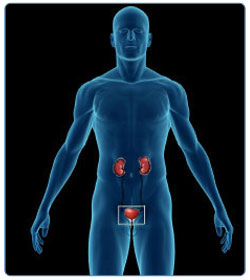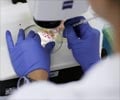Glossary
Genital: (Genitalia) The male and female reproductive organs, primarily the external sex organsBacteria: A large group of single-cell microorganisms. Some cause infections and disease in animals and humans. The singular of bacteria is bacterium.
Pathogens: Any disease-causing agent, such as a virus or bacterium.
Gonorrhoea: A contagious bacterial infection spread through sexual contact, including vaginal, oral or anal sex. Also called "the clap," it is one of the most common sexually transmitted diseases in the world. It is treated with antibiotics.
Infertility: The inability to produce children.
Post-coital: After vaginal sexual intercourse.
Pelvic inflammatory disease: Inflammation or infection of the internal female genital organs.
Conjunctivitis: Inflammation of the outer membrane of the eye.
Arthritis: A disease marked by inflammation and pain in the joints.
Pneumonia: An inflammatory infection that occurs in the lung.
Congestion: The presence of excessive blood or fluid, such as mucus, in an organ or tissue
Fertilization: Process of conception in which the male sperm penetrates the female egg (ovum).
Uterus: The small, hollow, pear-shaped organ in a woman's pelvis. This is the organ in which a fetus develops. Also called the womb.
Fallopian tube: Structures between the ovaries and the uterus through which the egg travels to the uterus.
Ectopic or Tubal pregnancy: A pregnancy that develops in the fallopian tube rather than in the uterus. Also called ectopic pregnancy.











